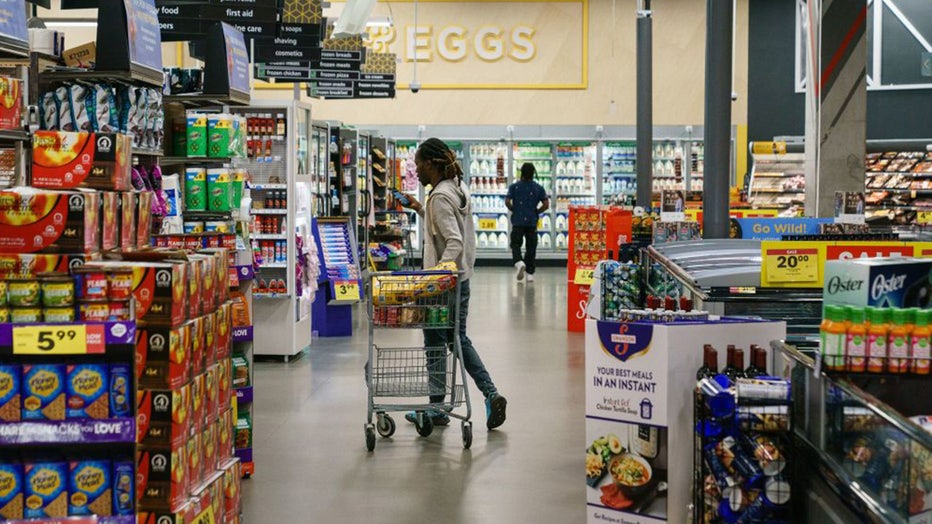Your Social Security COLA increase could be bigger than expected next year
FILE - In this photo illustration, a Social Security card sits alongside checks from the U.S. Treasury on Oct. 14, 2021 in Washington, DC. (Kevin Dietsch/Getty Images)
Social Security recipients are on track to receive a cost-of-living adjustment (COLA) next year that is bigger than previously expected after inflation accelerated for the third month in a row.
The Senior Citizens League, a nonpartisan group that focuses on issues relating to older Americans, estimated the adjustment could be about 3%, based on March inflation data, which showed the consumer price index climbed 0.4% from the previous month and is up 3.5% from the same time last year.
Both figures are higher than expected, underscoring the challenge of taming high inflation.
The annual Social Security change is calculated based on the Consumer Price Index for Urban Wage Earners and Clerical Workers, or the CPI-W, from July, August and September. The CPI-W also posted a 3.5% increase in March.
JAMIE DIMON WARNS INFLATION, INTEREST RATES MAY REMAIN ELEVATED
Should Social Security beneficiaries see a 3% increase in their monthly checks next year, it would mark a steep decline from both 2023, when recipients saw an 8.7% bump and from 2024, when benefits rose by 3.2%.
However, it remains higher than the 2.6% average increase recorded over the past two decades.
An increase of that magnitude would raise the average retiree benefit of $1,907 by about $57.21 per month.
Even with last year's cost-of-living increase, many retirees say they are struggling to keep up with high inflation, according to Mary Johnson, a research analyst at the Senior Citizens League who conducted the analysis.
This year's 3.2% benefit increase exceeded the actual rate of inflation in March and matched it in February.
WHY ARE GROCERIES STILL SO EXPENSIVE?
"That means older consumers are losing buying power," Johnson said.
The Social Security Administration will release the final adjustment percentage in mid-October.

FILE - Shoppers are seen in a Kroger supermarket on Oct. 14, 2022, in Atlanta, Georgia (ELIJAH NOUVELAGE/AFP via Getty Images)
GET FOX BUSINESS ON THE GO BY CLICKING HERE
Inflation has created severe financial pressures for most U.S. households, which are forced to pay more for everyday necessities like food and rent. The burden is disproportionately borne by low-income Americans, whose already-stretched paychecks are heavily impacted by price fluctuations.
The typical U.S. household needed to pay $227 more a month in March to purchase the same goods and services it did one year ago because of still-high inflation, according to calculations from Moody's Analytics chief economist Mark Zandi shared with FOX Business.
Americans are paying on average $784 more each month compared with the same time two years ago and $1,069 more compared with three years ago, before the inflation crisis began.
The analysis suggests that while inflation has fallen from the highs of mid-2022, many families have yet to see material relief.

